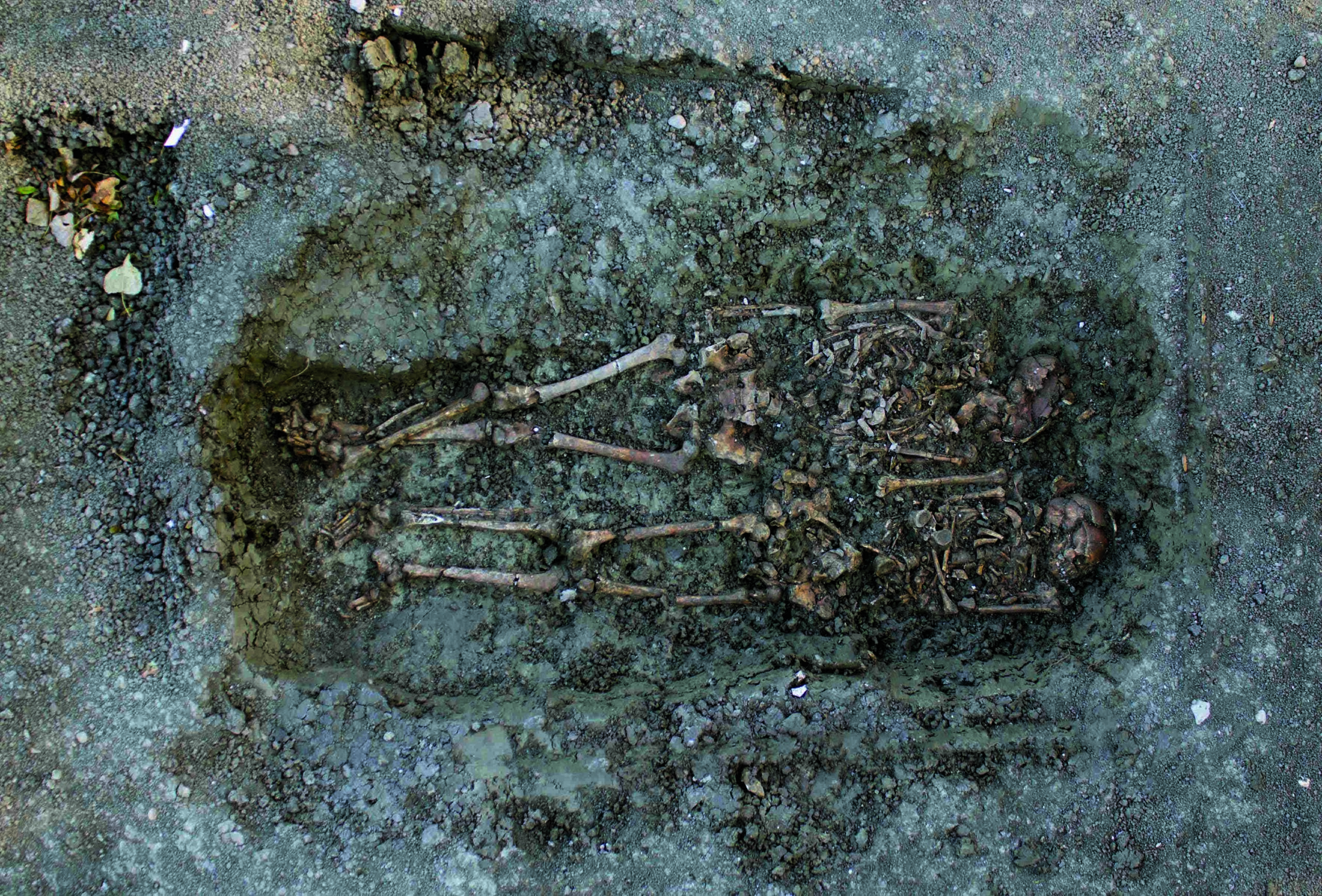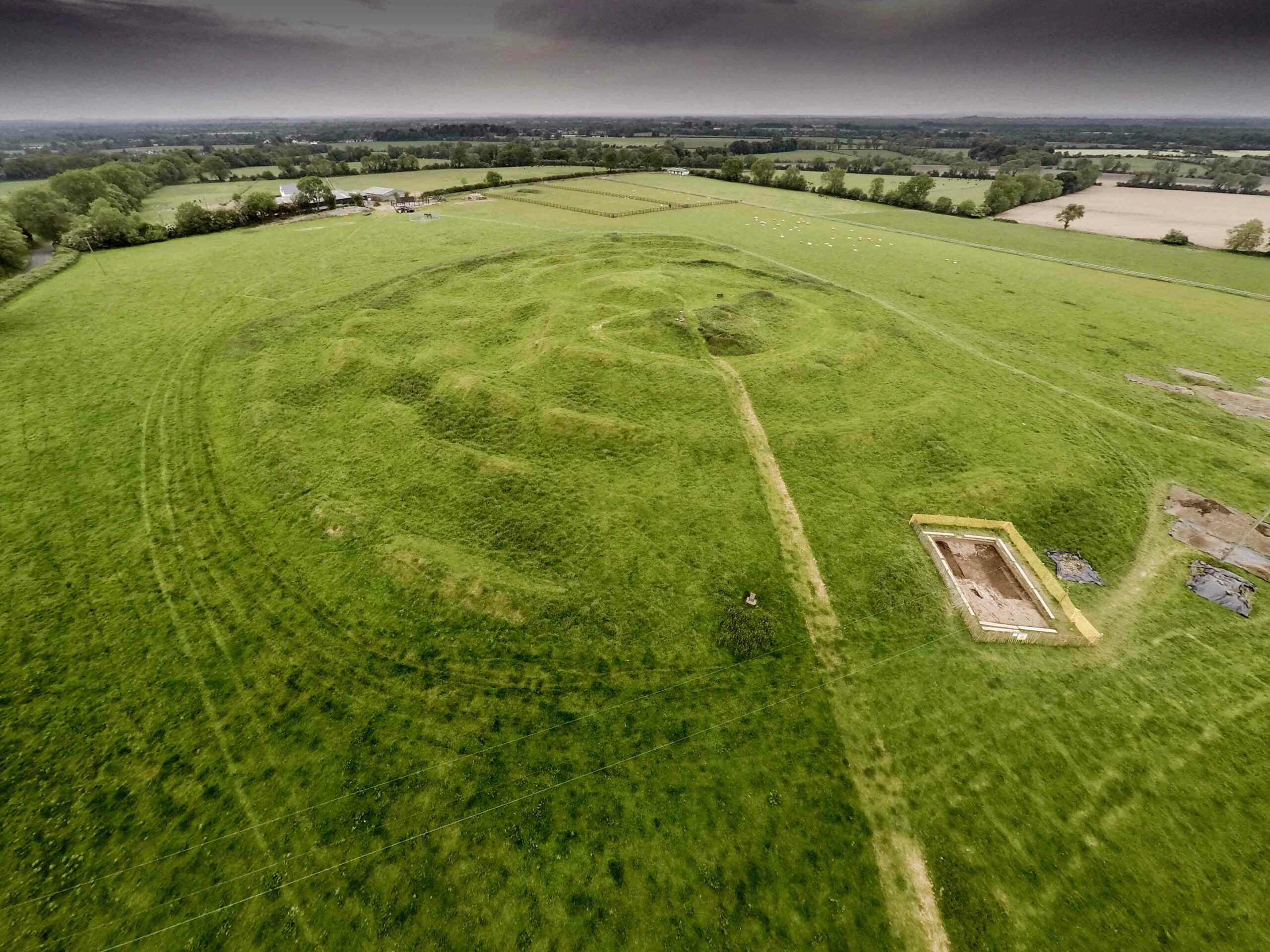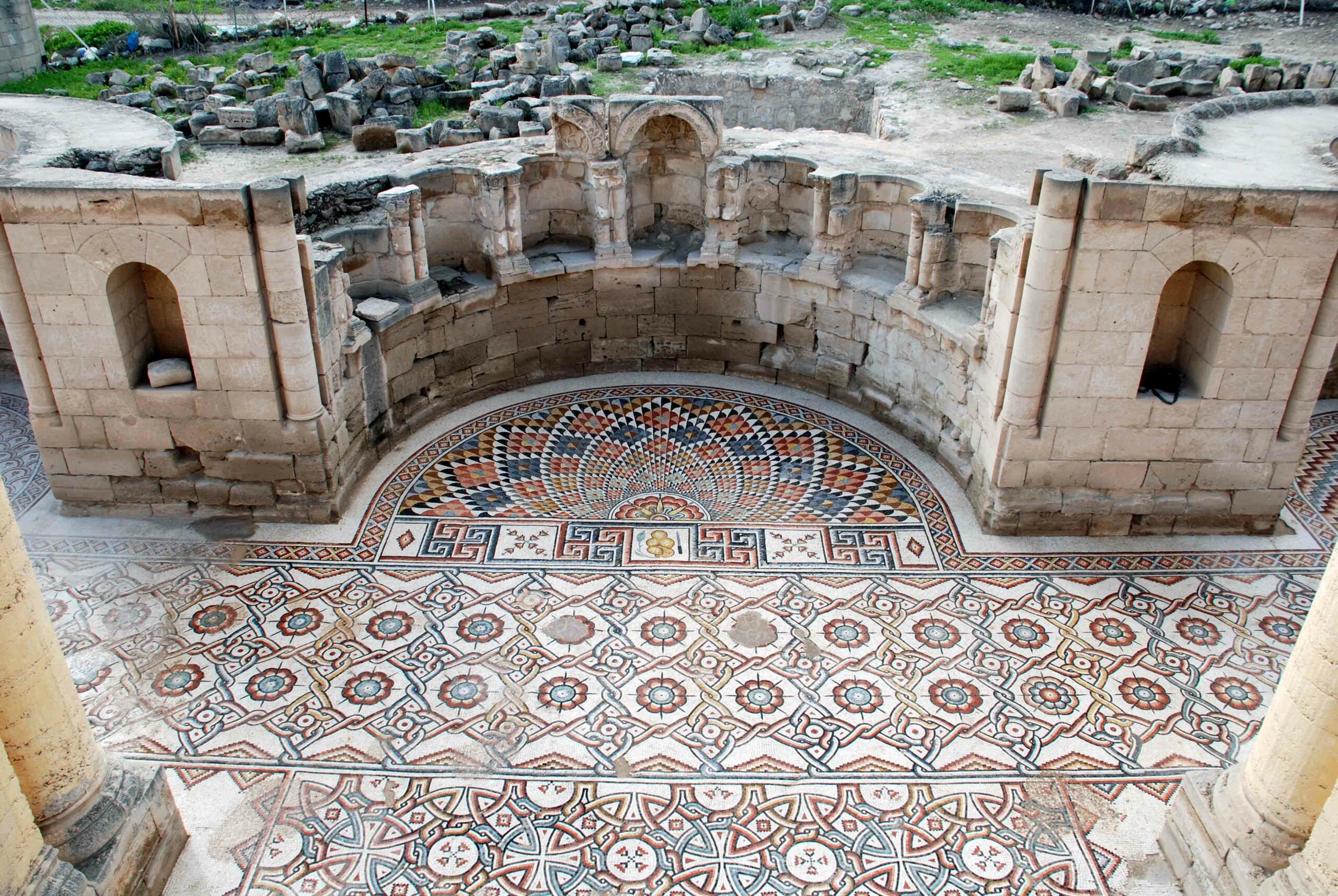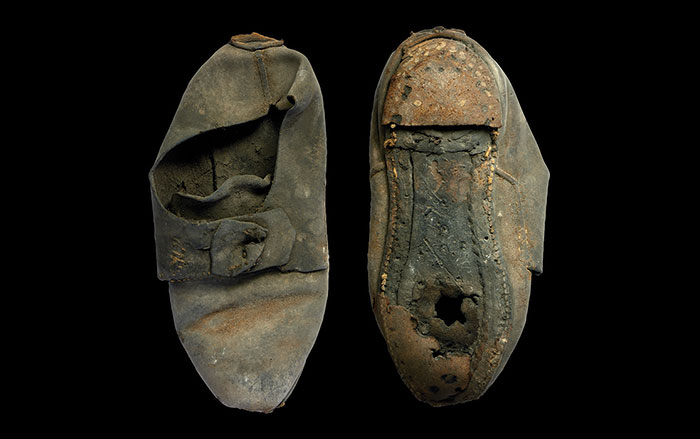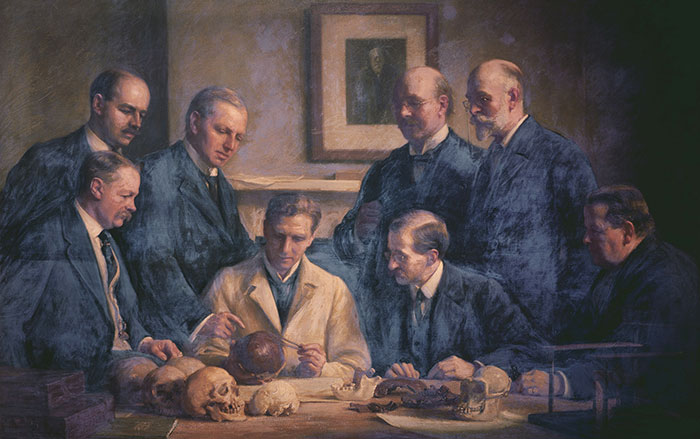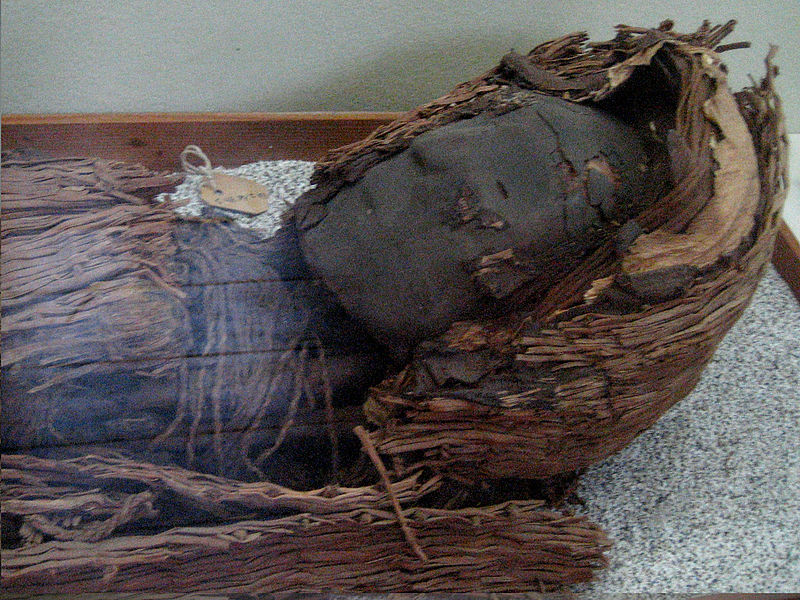
SANTIAGO, CHILE—The AFP reports that 15 Chinchorro mummies were taken from Chile’s National Museum of Natural History to the Los Condes clinic for computerized tomography scans. “We want to see what they physically looked like, to reconstruct them and bring to life someone who died thousands of years ago,” said chief radiologist Marcelo Galvez. The Chinchorro used wood, plants, and clay to create the mummies, which date back some 7,400 years. The mummies, which are the oldest known in the world, preserved newborns and fetuses, and are thought to have been made by their families. The researchers also collected skin and hair samples from the mummies to try to obtain DNA for study. “We want to better understand their way of life—from their diet to whether we Chileans still carry their genes,” added Veronica Silva of the National Museum of Natural History. For more, go to “Peruvian Woman of Means.”



